OVERVIEW
The Americans with Disabilities Act (ADA) of 1990 requires public and private services and employers to be accessible to all people, regardless of disability. When dealing with people who are Deaf, Deaf-blind, or hard of hearing, this means that communication must be accessible.
FAQs
Q1: Which health care providers are covered under the ADA?
A1: Title III of the ADA applies to all private health care providers, regardless of the size of the office or the number of employees. 28 C.F.R 36.104 (http://www.ada.gov/reg3a.html#Anchor-36104) It applies to providers of both physical and mental health care. Hospitals, nursing homes, psychiatric and psychological services, offices of private physicians, dentists, and health clinics are included among the health care providers covered by the ADA. If a professional office of a doctor, dentist, or psychologist is located in a private home, the portion of the home used for public purposes (including the entrance) is considered a “place of public accommodation.” 28 C.F.R. 36.207 (http://www.ada.gov/reg3a.html#Anchor-36104)
Q2: What is the obligation of health care providers under the ADA for individuals who are Deaf or hard of hearing?
A2: Health care providers have a duty to provide auxiliary aids and services that ensure that communication with people who have a hearing loss is as effective as communication with others. C.F.R. 36.306 (http://www.ada.gov/reg3a.html#Anchor-97857)
Q3: For whom must a health care provider offer effective communication?
A3: A health care provider must ensure that it can communicate effectively with customers, clients, and other individuals with hearing loss who are seeking or receiving its services. 56 Fed. Reg. at 35565. (http://www.nad.org/issues/health-care/providers/questions-and-answers), (http://www.ct.gov/opapd/cwp/view.asp?a=1756&q=443160) Such individuals may not always be “patients” of the health care provider. For example, if pre-natal classes are offered as a service to both fathers and mothers, a father with a hearing loss must be given auxiliary aids or services that offer him the same opportunity to benefit from the classes as would other fathers. Similarly, a Deaf parent of a hearing child may require an auxiliary aid or service to give informed consent for the child’s surgery.
Q4: What kinds of auxiliary aids and services are required by the ADA to ensure effective communication with individuals with hearing impairments?
A4: Appropriate auxiliary aids and services may include services and devices such as qualified interpreters, assistive listening devices, note takers, written materials for individuals with hearing impairments; and qualified readers, taped texts, and Brailed or large print materials for individuals with vision impairments. 28 C.F.R. 303(b)(1) (http://www.ada.gov/reg3a.html#Anchor-97857)
Q5: How does a health care provider determine which auxiliary aid or service is best for a patient with a hearing loss?
A5: The auxiliary aid requirement is flexible, and the health care provider can choose among various alternatives as long as the result is effective communication for the individual with a hearing loss. A person with a hearing loss knows best which auxiliary aid or service will achieve effective communication with his or her health care provider. The Justice Department expects that the health care provider will consult with the person and consider carefully his or her self-assessed communication needs before acquiring a particular aid or services. 56 Fed. Reg. at 35566-67.
Q6: Why are auxiliary aids and services so important in the medical setting?
A6: Auxiliary aids and services are often needed to provide safe and effective medial treatment. Without these aids and services, medical staff run the grave risk of not understanding the patient’s symptoms, misdiagnosing the patient’s medical problem, and prescribing inadequate or even harmful treatment. Similarly, patients may not understand medical instructions and warnings or prescription guidelines.
Q7: Are there any limitations on the ADA’s auxiliary aids and services requirements?
A7: Yes. The ADA does not require the provision of any auxiliary aid or service that would result in an undue burden or in a fundamental alteration in the nature of the goods or services provided by a health care provider. 28 C.F.R. 36.303(a) (http://www.ada.gov/reg3a.html#Anchor-97857) However, the health care provider is not relieved from the duty to furnish an alternative auxiliary aid or service, if provision of that aid or service would not result in a fundamental alteration or undue burden. 28 C.F.R. 36.303(f) (http://www.ada.gov/reg3a.html#Anchor-97857) Both of these limitations are derived from existing regulations and case law under section 504 of the Rehabilitation Act and are to be determined on a case-by-case basis.
Q8: When would providing an auxiliary aid or service be an undue burden?
A8: An undue burden is something that involves a significant difficulty or expense. Factors to consider include the cost of the aid or service, the overall financial resources of the health care provider, the number of the provider’s employees, legitimate necessary safety requirements, the effect on the resources and operation of the provider, and the difficulty of locating or providing the aid or services. 28 C.F.R. 36.104 (http://www.ada.gov/reg3a.html#Anchor-36104)
Q9: Must a health care provider pay for an auxiliary aid or service for a medical appointment if the cost of that aid or service exceeds the provider’s charge for the appointment?
A9: In certain situations the cost of providing an auxiliary aid or service (for example, an interpreter) to achieve effective communication in administering a particular medical service may exceed the charge to the patient for that very same service. A health care provider is expected to treat the costs of providing auxiliary aids and services as part of the overhead costs of operating a business. Accordingly, so long as the provision of the auxiliary aid or service does not impose an undue burden on the provider’s business and does not fundamentally alter the provider’s services, the provider may be obligated to pay for the auxiliary aid or service in this situation.
Q10: Can a health care provider charge a Deaf or hard of hearing patient for part or all of the costs of providing an auxiliary aid or service?
A10: No. A health care provider cannot charge a patient for the costs of providing auxiliary aids and services, either directly or through the patient’s insurance carrier. 28 C.F.R. 36.301 (http://www.ada.gov/reg3a.html#Anchor-44591)
Q11: Who is qualified to be an interpreter in a health care setting?
A11: A qualified interpreter is an interpreter who is able to interpret effectively, accurately, and impartially both receptively and expressively, using any necessary specialized vocabulary. 28 C.F.R. 36.104 (http://www.ada.gov/reg3a.html#Anchor-36104) In the medical setting, this will mean that the interpreter may need to interpret complex medical terminology.
Q12: Do all individuals with hearing loss use the same kind of interpreter?
A12: No. There are various kinds of interpreters. The health care provider should ascertain the particular language needs of the Deaf or hard of hearing patient before hiring an interpreter. Some individuals may require interpreters who are fluent in American Sign Language, a language that has a grammar and syntax that is different from the English language. Others may require interpreters who use Signed English, a form of signing which uses the same word order as does English. Still others who do not know any sign language may require oral interpreters who take special care to articulate words for individuals with hearing loss.
Q13: Can a health care provider require family members and friends to interpret for Deaf patients?
A13: No. Family members often do not possess sufficient sign language skills to effectively interpret in a medical setting. And even if they are skilled enough in sign language to communicate with the patient, family members and friends are very often too emotionally or personally involved to interpret “effectively, accurately, and impartially.” Finally, problems with maintaining patient confidentiality can cause problems with using family members and friends as interpreters. There is also the conflict of interest to take into consideration which may leave the health care provider open to Legal issues. 56 Fed. Reg. at 35553.
Q14: In what medical situations should a healthcare provider obtain the services of an interpreter?
A14: An interpreter should be present in all medical situations in which the information exchanged is sufficiently lengthy or complex to require an interpreter for effective communication. Examples may include discussing a patient’s medical history, obtaining informed consent and permission for treatment, explaining diagnosis, treatment, and prognoses of an illness, conducting psychotherapy, communicating prior to and after major medical procedures, providing complex instructions regarding medication, explaining medical costs and insurance, and explaining patient care upon discharge from a medical facility.
Q15: Is lipreading an effective form of communicating with Deaf and hard of hearing individuals?
A15: Not often. Some Deaf and hard of hearing individuals do rely on lipreading for communication but the majority of them use it in addition to Sign Language as support. Not the main form of communication. For other individuals, an oral interpreter may be the best means of ensuring effective communication in the medical setting. However, the ability of a Deaf or hard of hearing individual to speak clearly does not mean that he or she can lip read effectively. Indeed, because lipreading requires some guesswork, very few Deaf people rely on lipreading alone for exchanges of important information. Forty to sixty percent of English sounds do not look alike when spoken. On the average, even the best lip readers only understand 25% of what is said to them, and many Deaf individuals understand far less. Lipreading may be particularly difficult in the medical setting where complex medical terminology is often used therefor it is never recommended within the Industry as the ONLY method.
Q16: Do written notes offer an effective means of communicating with Deaf and hard of hearing individuals?
A16: This will depend on the reading/education/geographical level of the Deaf or hard of hearing individual. For many Deaf individuals, the services of a sign language interpreter offers the only effective method of communication. However, some Deaf or hard of hearing individuals who do not use sign language, such as individuals who have lost their hearing later in life, may communicate more effectively in writing with their health care providers.
Q17: Must health care providers made conferences, health education, and training sessions that are open to the general public accessible to individuals with hearing loss?
A17: Yes. Health care providers that offer training sessions, health education, or conferences to the general public must make these events accessible to Deaf and hard of hearing individuals. 28 C.F.R. 36.201 (http://www.ada.gov/reg3a.html#Anchor-3800) and 36.202 (http://www.ada.gov/reg3a.html#Anchor-35326). In addition to interpreters, there are a variety of assistive listening devices that may be appropriate to eliminate problems with distance and background noise for hard of hearing individuals wishing to attend these sessions.
Q18: Can health care providers receive any tax credits for the costs of providing auxiliary aids and services?
A18: Yes. Businesses, including health care providers, may claim a tax credit. Examples of eligible access expenditures include the necessary and reasonable costs of providing interpreters, and other auxiliary aids; and acquiring or modifying equipment or devices. As amended in 1990, the Internal Revenue Code allows a deduction of up to $15,000 per year for expenses associated with the removal of qualified architectural and transportation barriers. The 1990 amendment also permits eligible small businesses to receive a tax credit for certain costs of compliance with the ADA. An eligible small business is one whose gross receipts do not exceed $1,000,000 or whose workforce does not consist of more than 30 full-time workers. Qualifying businesses may claim a credit of up to 50 percent of eligible access expenditures that exceed $250 but do not exceed $10,250. Omnibus Budget Reconciliation Act of 1990, P.L. 101-505, 44
ADDITIONAL INFORMATION REGARDING MEDICAL INTERPRETING:
Effective communication between consumers who are Deaf or hard of hearing and health care providers is essential to provide safe and effective medical treatment.
Title III of the American with Disabilities Act (ADA) applies to all private health care providers, regardless of the size of the office or the number of employees. It applies to providers of both physical and mental health care. Hospitals, nursing homes, psychiatric and psychological services, offices of private physicians, dentists, health maintenance organizations (HMOs) and health clinics are included among the health care providers covered by the ADA.
Using a qualified sign language interpreter not only helps to ensure that the health care provider is compliant with the ADA, but it allows the Deaf or hard of hearing patient to fully participate and make decisions in health care treatment. A qualified interpreter is an interpreter who is able to interpret effectively, accurately, and impartially, both receptively and expressively, using any necessary specialized vocabulary.
Without interpreting services, medical staff run the risk of not understanding the patient’s symptoms, misdiagnosing the patient’s medical problem, and prescribing inadequate or even harmful treatment. Similarly, patients may not understand medical instructions and warnings or prescription guidelines.
A health care facility may be asked to provide a qualified sign language interpreter when the consumer is a Deaf or hard of hearing patient, a relative or a partner involved in the patient’s health care is Deaf or hard or hearing, or when a child or the child’s parents are Deaf or hard of hearing. When critical medical information is communicated during routine wellness care, urgent care, preventative care, surgical procedure, or in obtaining an informed consent for treatment, using a sign language interpreter can facilitate communication and keep it confidential, accurate, and efficient. Classes, support groups and other activities that are open to the public must also be accessible for Deaf or hard of hearing participants. The use of an interpreter enables all of the parties involved to ask questions, express concerns, receive accurate and important information, and avoid the frustration that may arise with miscommunication.
FIA Interpreting encourages interpreters working in healthcare settings to receive advance training in addition to Certification in order to interpret complex medical terminology.


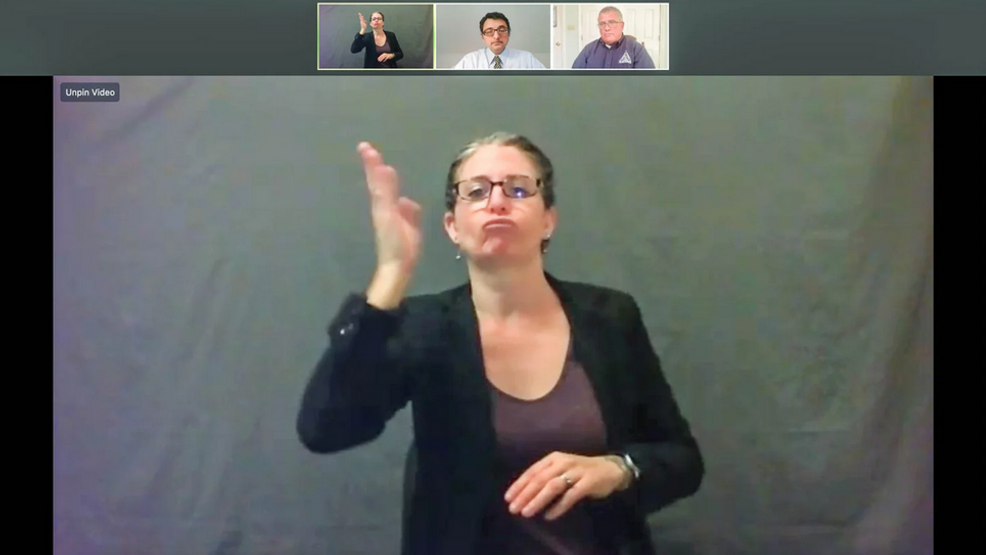
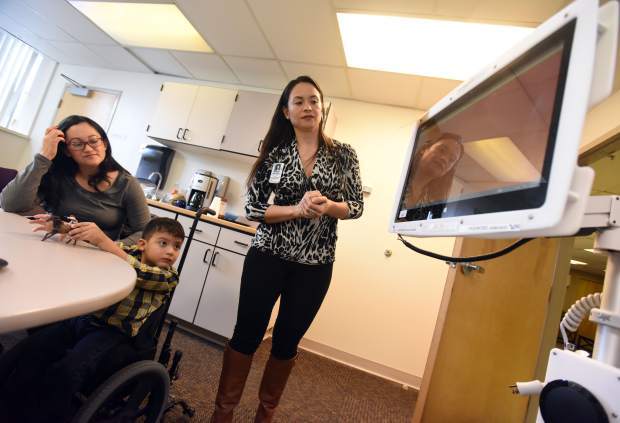
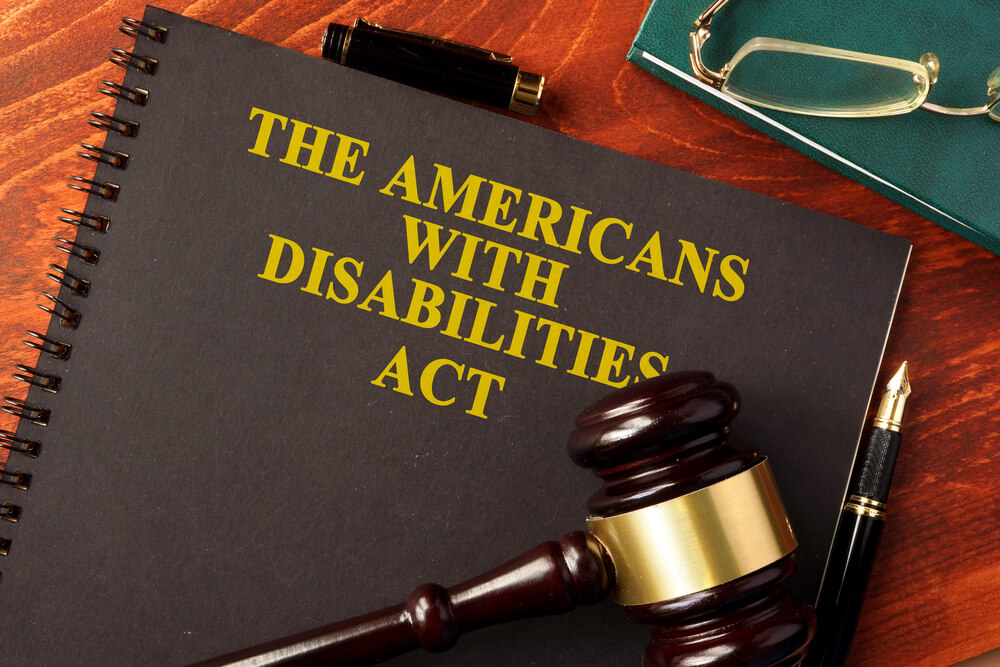
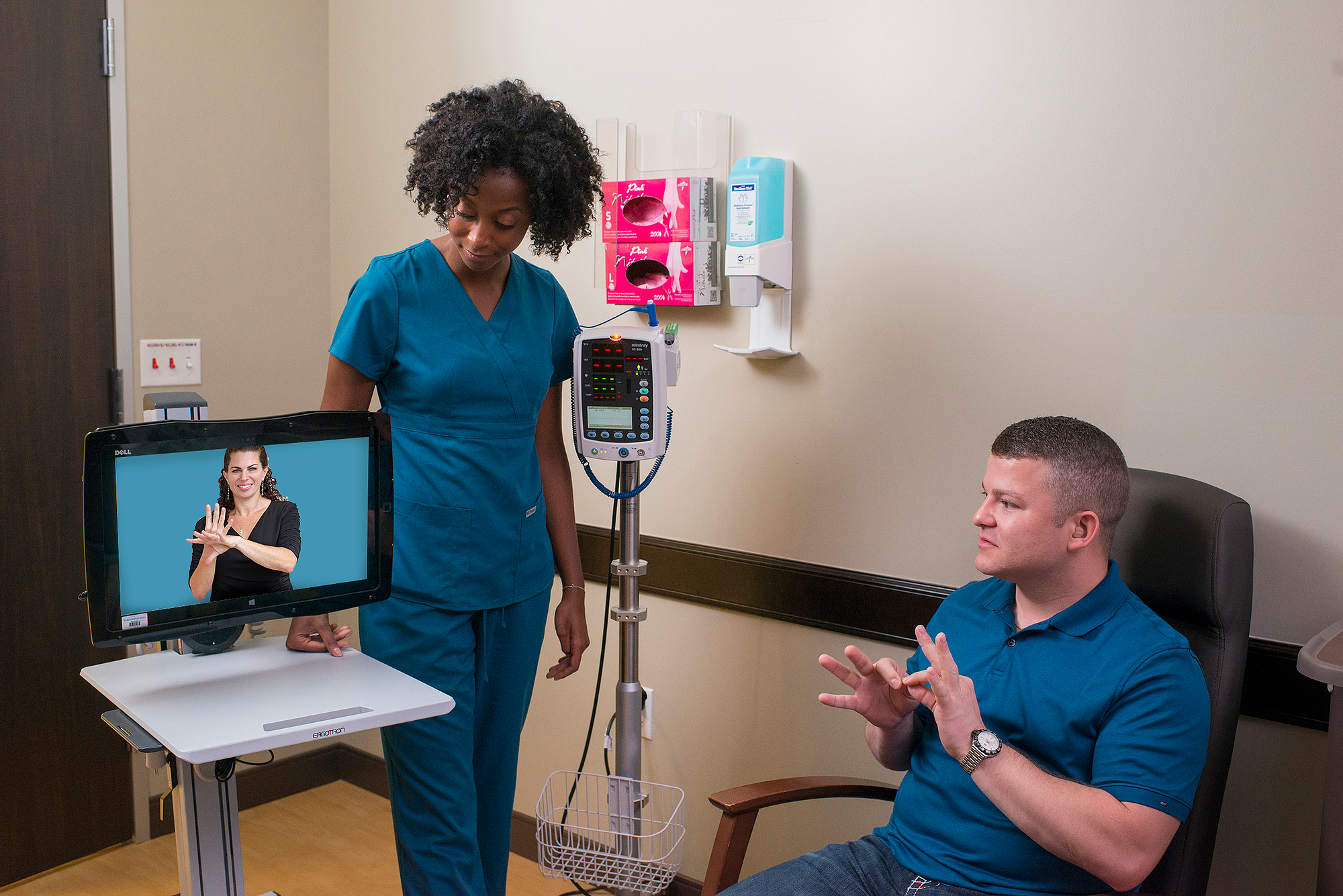


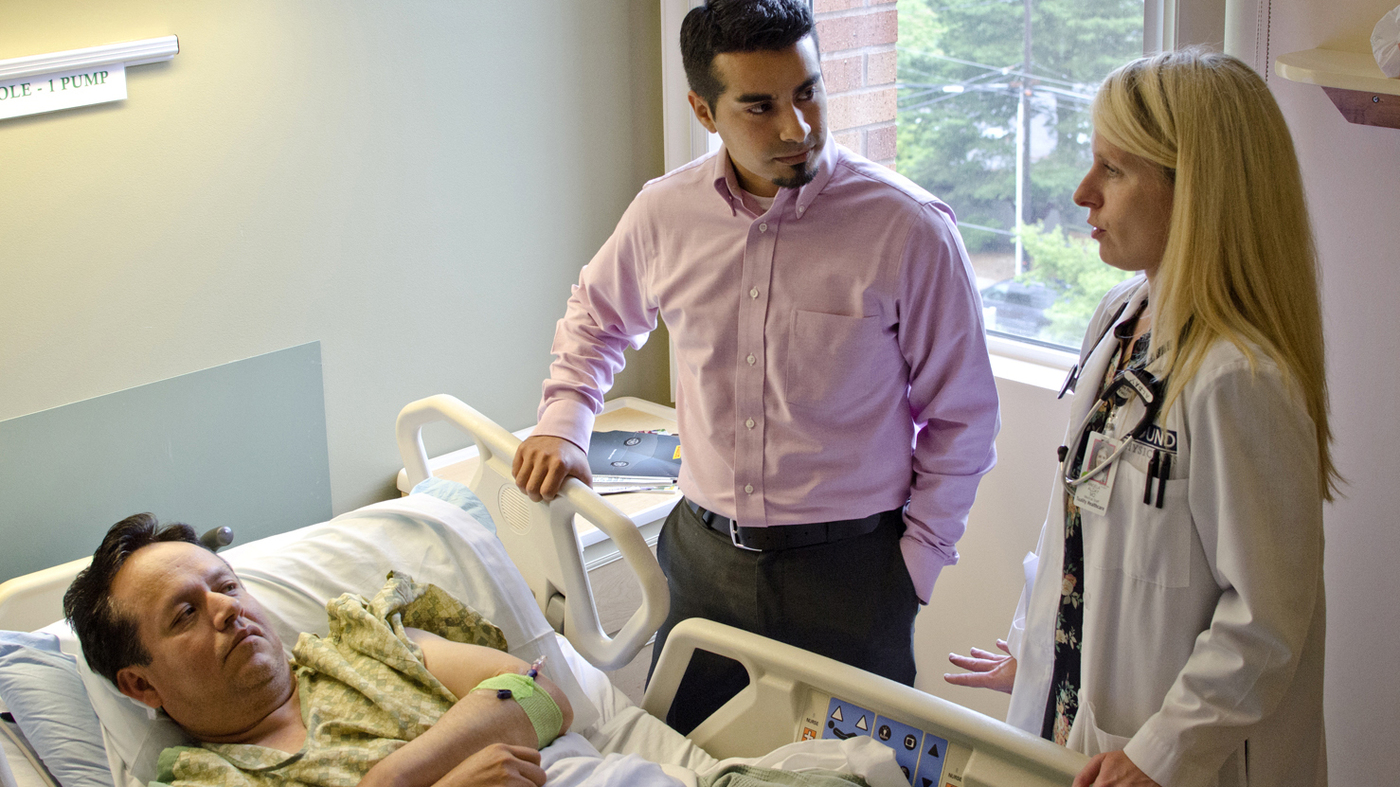
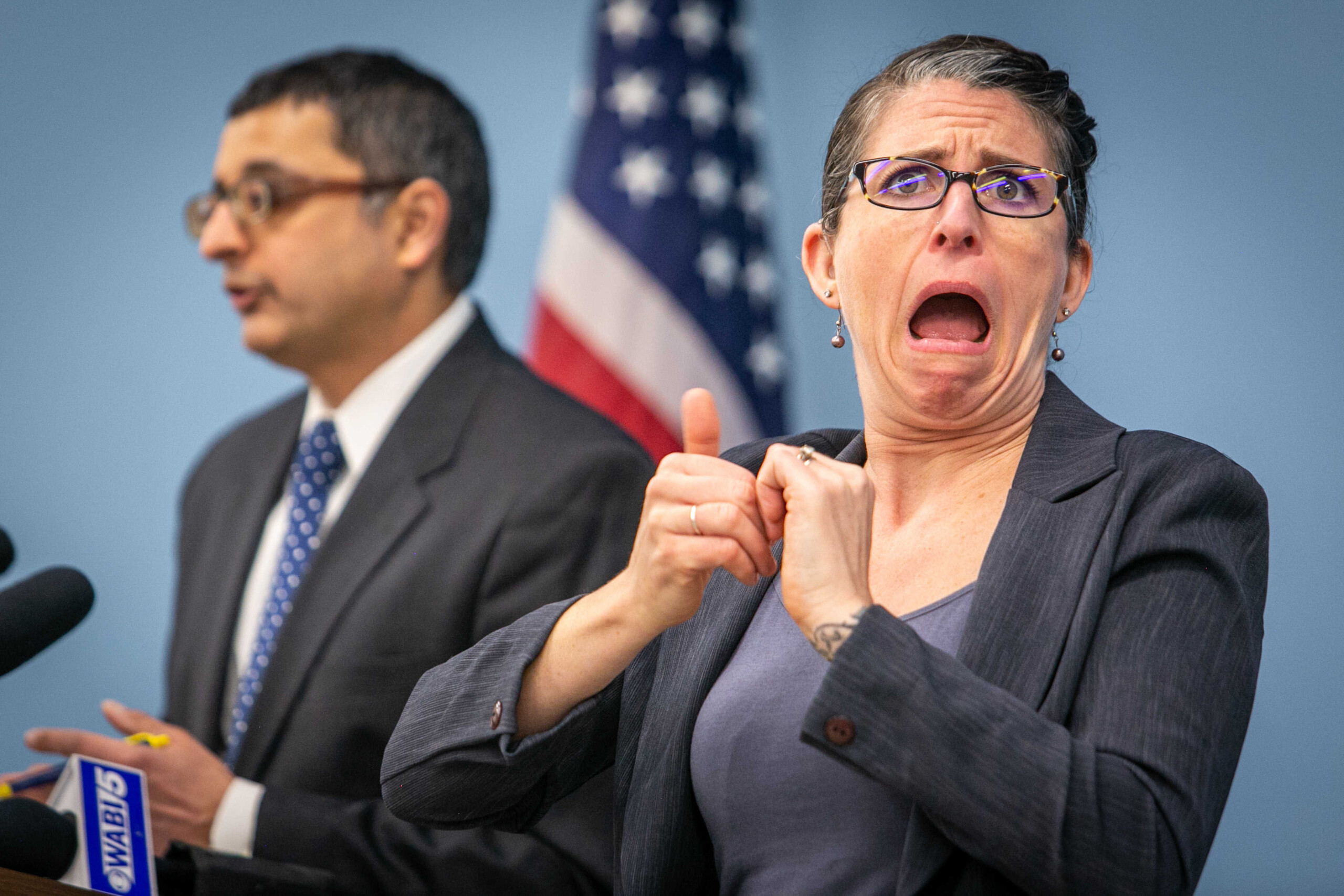
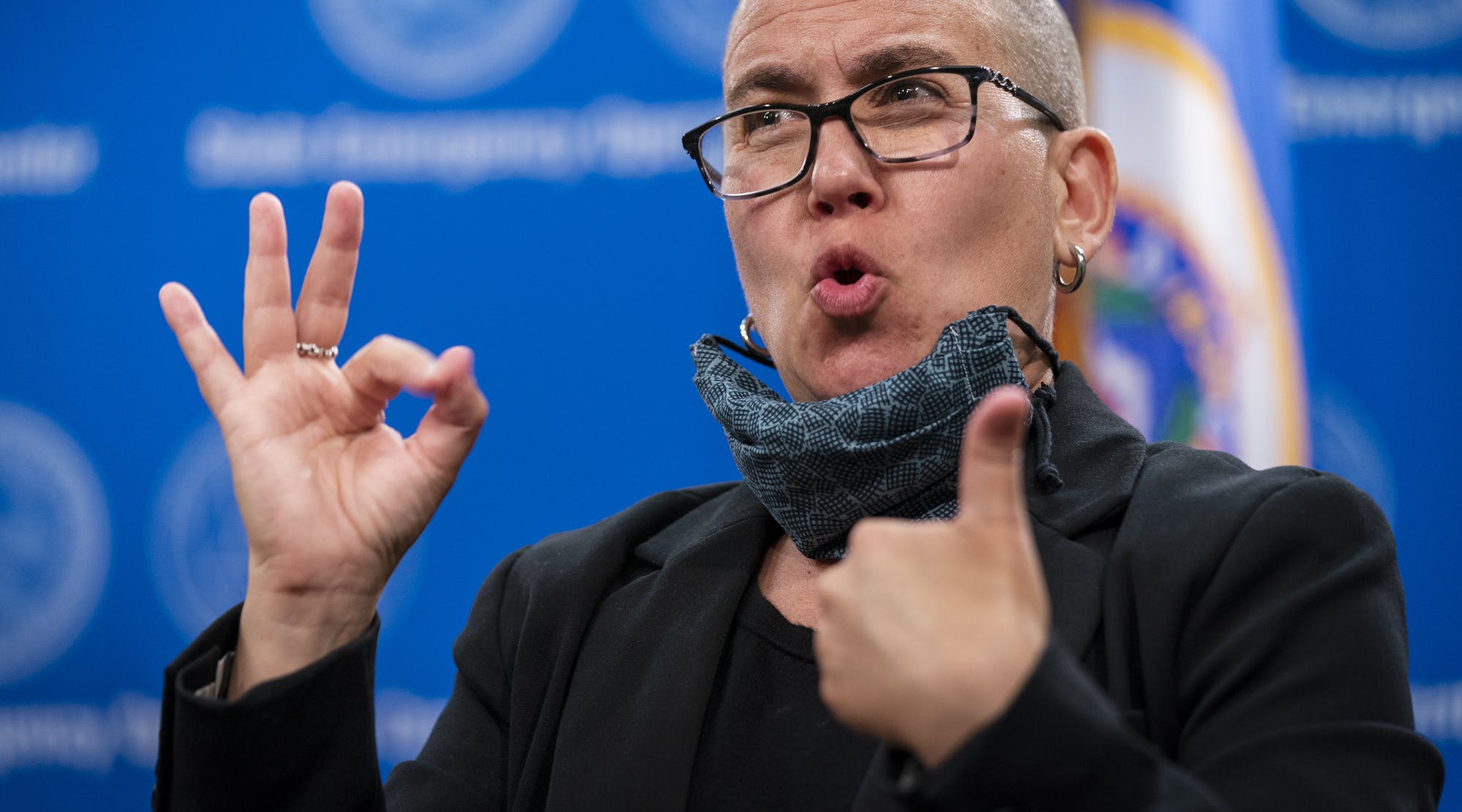
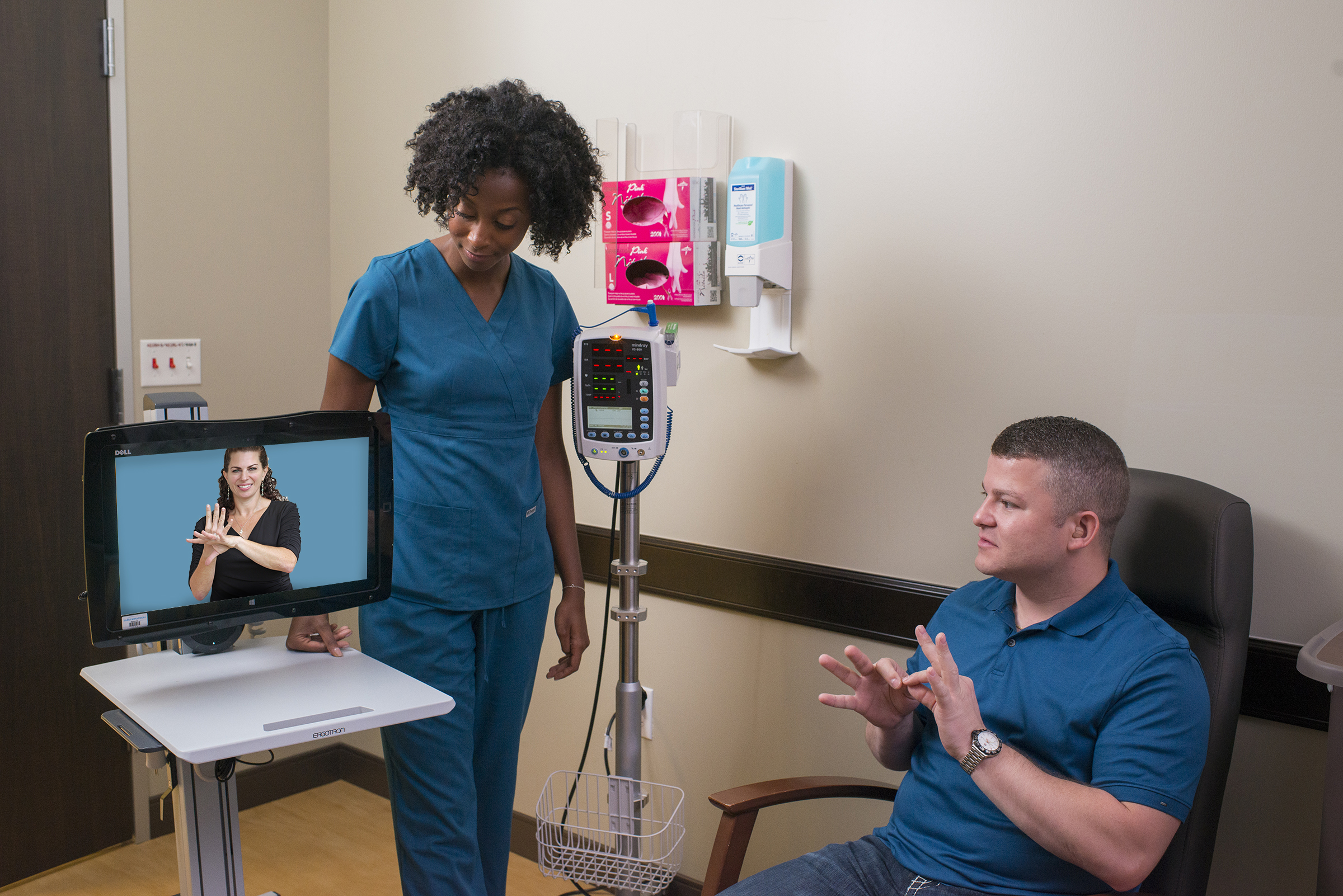

0 Comments